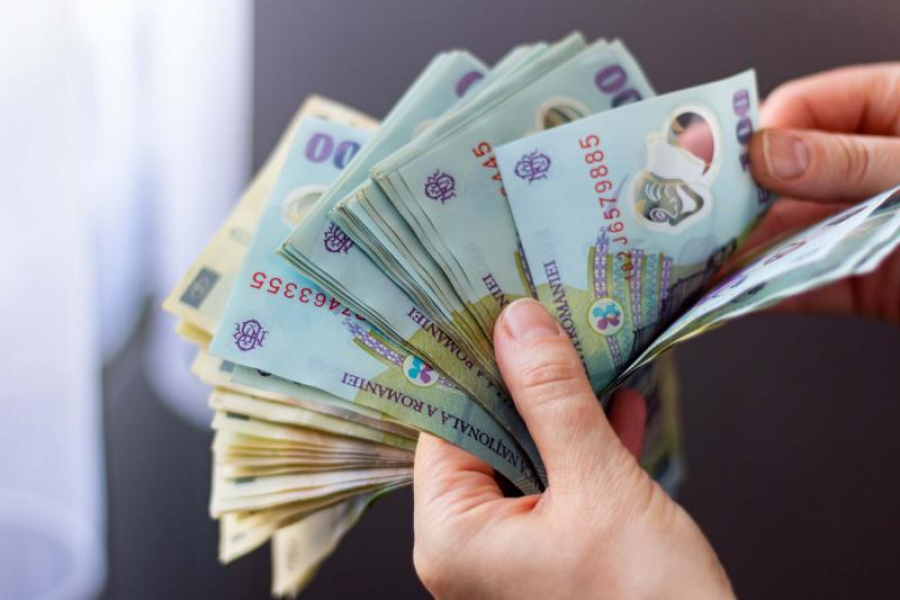After joining the European Union the Romanian State is forced to invest in the development of the railways infrastructure, by creating high speed railways that would unite Greece to the rest of the Europe.
The two European railways corridors that cross Romania are corridor IV, which makes the connection between Germany and Greece, and corridor IX, between Finland and Greece, their total length being almost 10.000 km.
The rehabilitation of the 2.000 km of railway in Romania, which will be part of the European railway system, will require over 10 billion Euro of investment, the goal being to reach a speed of maximum 140km/h in the case of trains for passengers and to respect the UE safety standards.
After joining the European Union the Romanian State is forced to invest in the development of the railways infrastructure, by creating high speed railways that would unite Greece to the rest of the Europe.
The two European railways corridors that cross Romania are corridor IV, which makes the connection between Germany and Greece, and corridor IX, between Finland and Greece, their total length being almost 10.000 km.
The rehabilitation of the 2.000 km of railway in Romania, which will be part of the European railway system, will require over 10 billion Euro of investment, the goal being to reach a speed of maximum 140km/h in the case of trains for passengers and to respect the UE safety standards.


